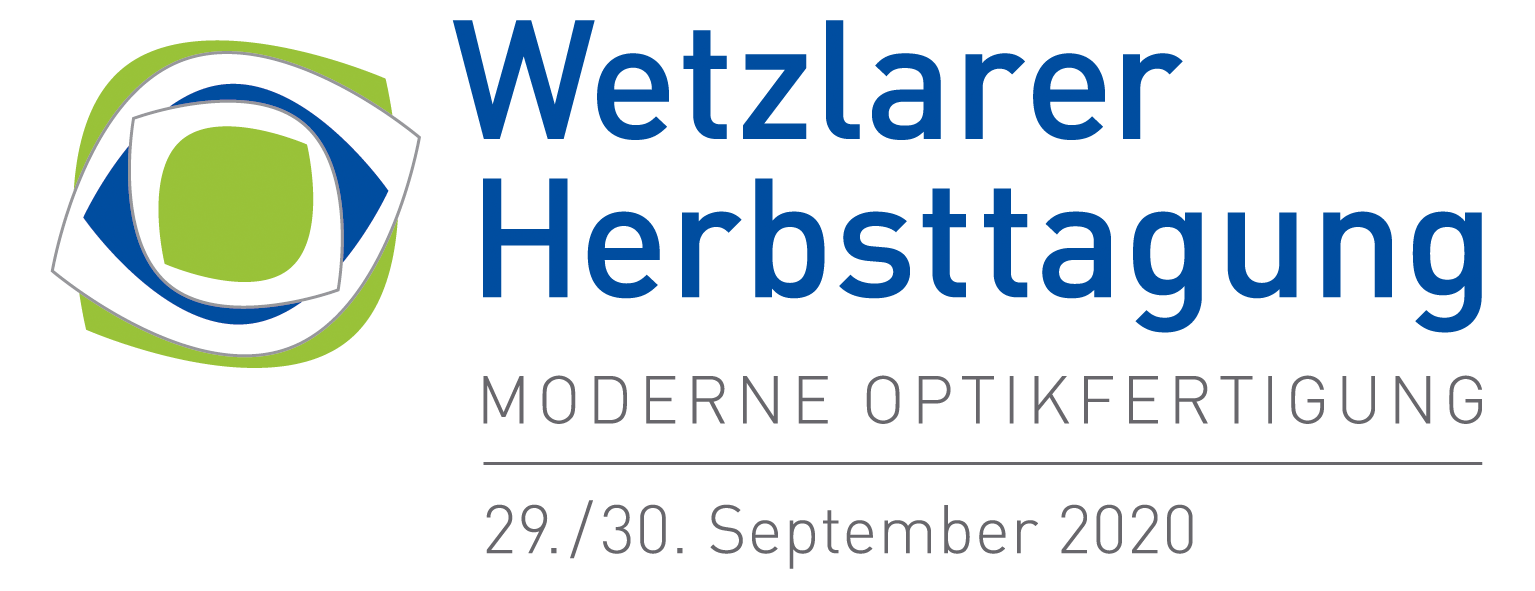
This was the title of Dr. David Schäfer’s presentation at the 10th Wetzlar Autumn Conference on Wednesday, September 30, 2020 – one of the few face-to-face events that took place this year.
For 30 years we have been dealing with ion beam processing systems for the production of ultra-precise optical surfaces. State-of-the-Art are machinable optics diameters in a range of 5 mm – 2000 mm with freely definable shapes.
Now we are pushing the limits towards smaller optics with sizes of <1 mm to 5 mm. These optics are mandatory for key technologies in the growth markets of medical technology, physical metrology, communication technology, energy technology, analytical chemistry, laser technology and aerospace technology. Highly curved and free-form elements enable compact efficient systems.
Our new tool, an RF-driven ion beam source, features an ion beam cross section of 40 µm (Gaussian shape FWHM) with a central removal of >40nm/s. This allows a high-volume ablation and enables efficient processing of micro-optical components with the highest demands on roughness and shape accuracy. A newly designed 5-grid extraction system enables flexible beam size for ion energies up to 3 keV. Customized systems for higher energies or larger beams can be developed based on beam dynamics simulations. Maintenance intervals in the range of 2000 hours enable long term processing of multiple optics in one run.
The first system was commissioned at a customer site in 11/2020. Further machines are under construction and will be delivered this year.
The complete presentation by Dr. David Schäfer can be found here: Pushing the limits: 40µm sub-aperture ion beam processing
Here you can find an article about our smallest and youngest ion beam processing machine: IBF 5

